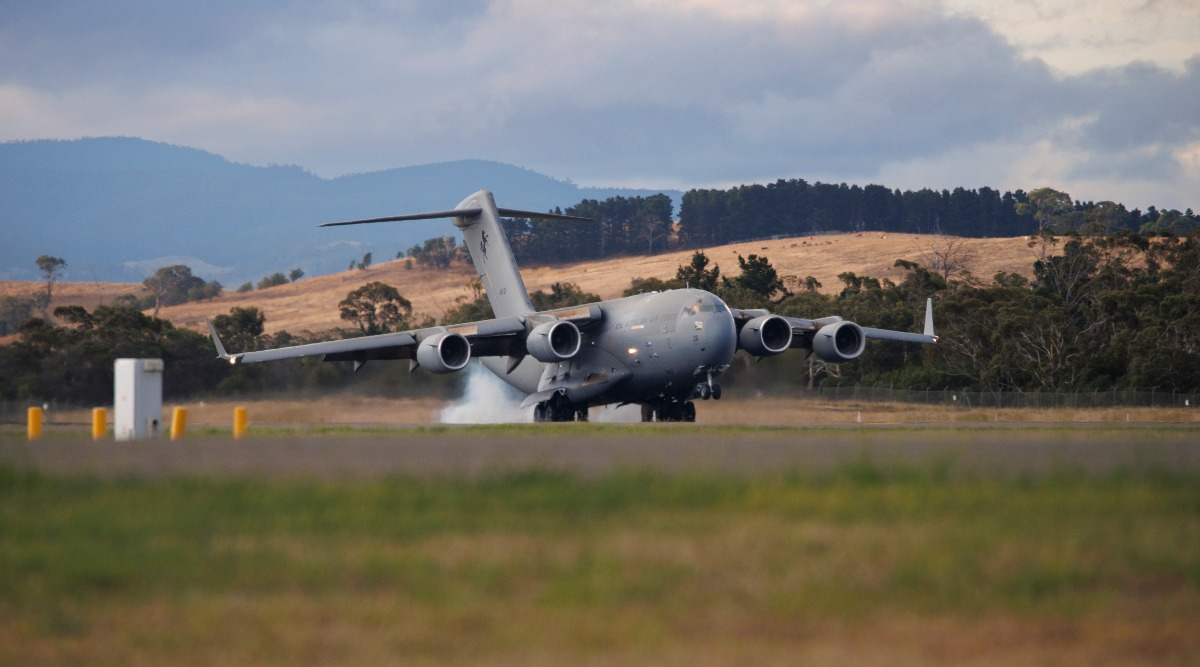
A RAAF C-17A Globemaster has transported the first ice cores to Tasmania from the Australian Antarctic Division’s Million Year Ice Core project.
The airlifter safely touched down with the million-year-old samples in special powered cold boxes as they were transferred from Casey Station to Hobart earlier this month.
The transfer formed part of Operation Southern Discovery, the RAAF’s contribution to the Australian Antarctic Program, an initiative that sees the Australian government work with more than 150 research institutions globally to study the region. It hopes to use science to unlock the secrets of the past as well as to predict future climate changes.
In particular, the Globemaster is also used for dropping heavy scientific equipment while ADF personnel also supply emergency medical help.
AAD chief of operations Matt Filipowski said the delivery highlighted the importance of transporting the ice cores and the strong relationship between the AAD and ADF.
“The AAD can leverage off the niche capabilities Defence has,” Filipowski said. “The support from the ADF is significant and certainly appreciated by the AAD. It’s been an ongoing partnership since the establishment of Operation Southern Discovery in 2017.
“The ADF also undertook an airdrop of approximately 12 tonnes of cargo to a remote field location between Casey and Davis stations, allowing us to prepare for a scientific effort next season.”
Operation Southern Discovery occurs annually between November and March.
C-17A Globemaster III pilots, Flight Lieutenants Conor O’Neill and Alice McCabe, said delivering cargo on the last ADF flight of the season was highly rewarding.
“It felt great to deliver the last package of food for the season,” said FLTLT Conor O’Neill.
No. 29 Squadron ground crewman Corporal Jason Williams said the crew were proud to contribute to the unique operation.
“We provide logistic support and ground safety. That helps AAD do their job and facilitates 36 Squadron do their tasks,” CPL Williams said.
Australia currently has eight C-17 Globemasters, all operated by No. 36 Squadron and based at RAAF Base Amberley. The last was delivered in 2015.
The C-17A Globemaster is a high-wing, four-engine heavy transport aircraft fitted with a cargo bay ramp that allows it to airdrop in-flight. It can also operate from unsurfaced runways as short as 3,500 feet and carry up to 77 tonnes.
Australian Aviation previously published dramatic photos showing one of its C-17A Globemaster airdropping construction equipment weighing more than 10,000 kilograms to Bunger Hills in Antarctica as part of the Australian Antarctic Program.
Defence said the drop required support from 14 air dispatchers and four parachute riggers from Australian Army’s 176 Air Dispatch and Air Force’s No. 36 Squadron.















